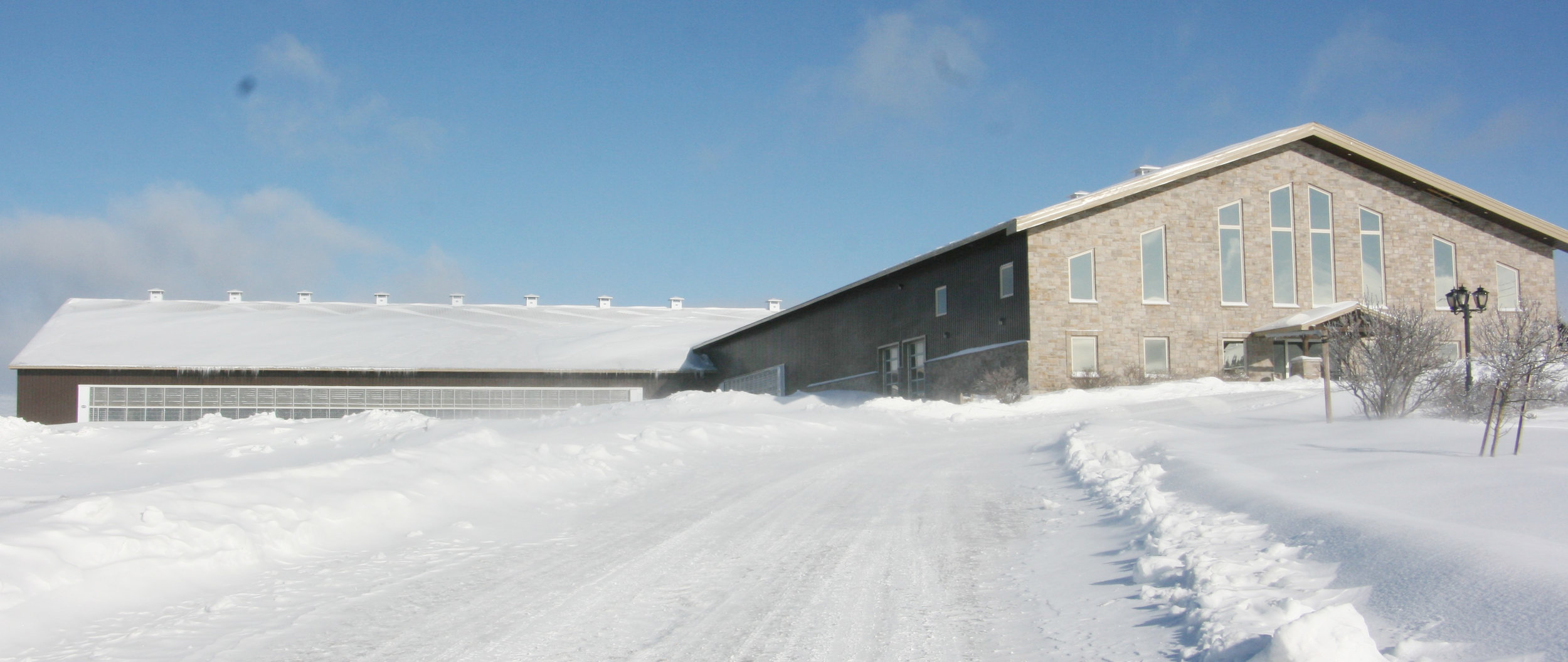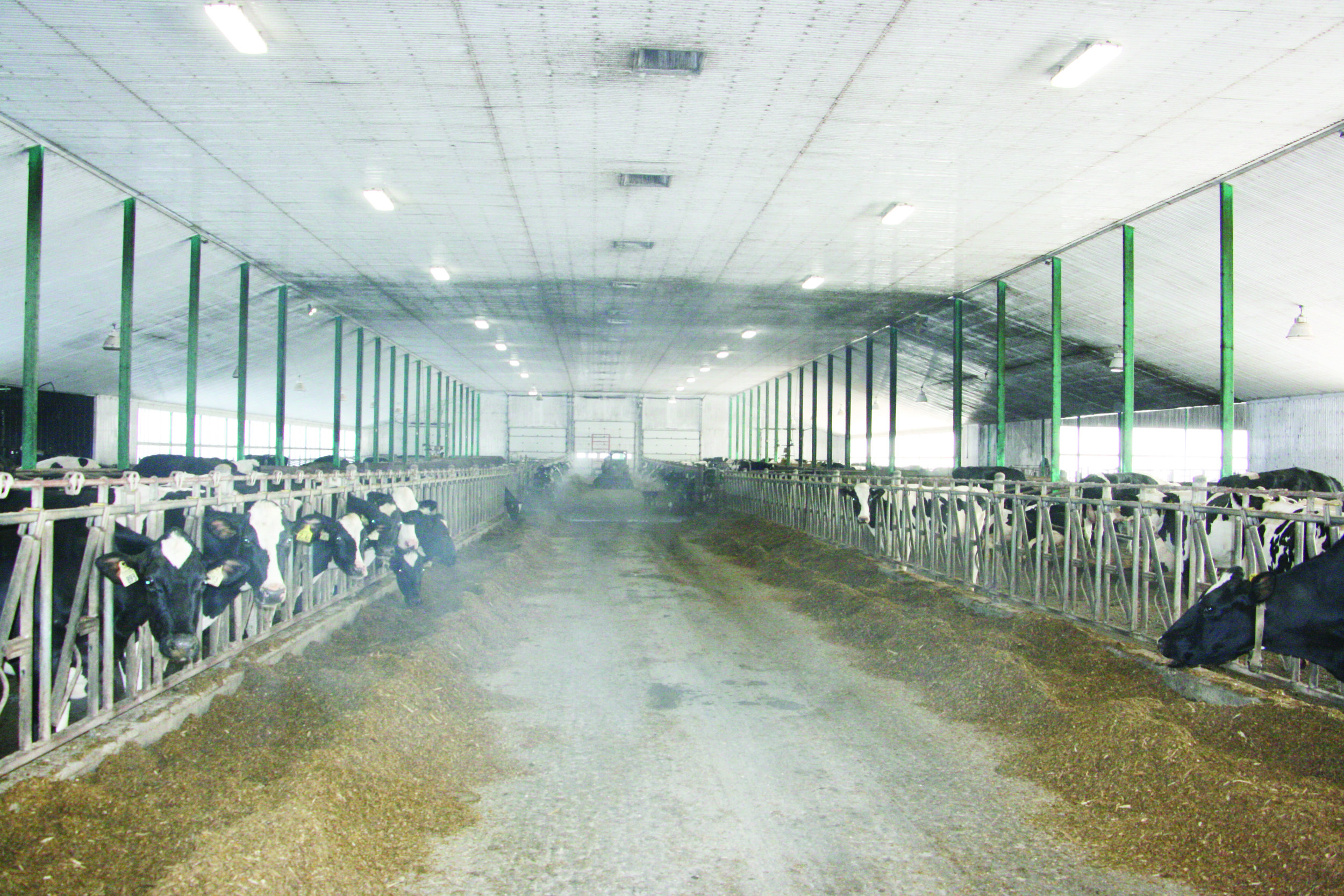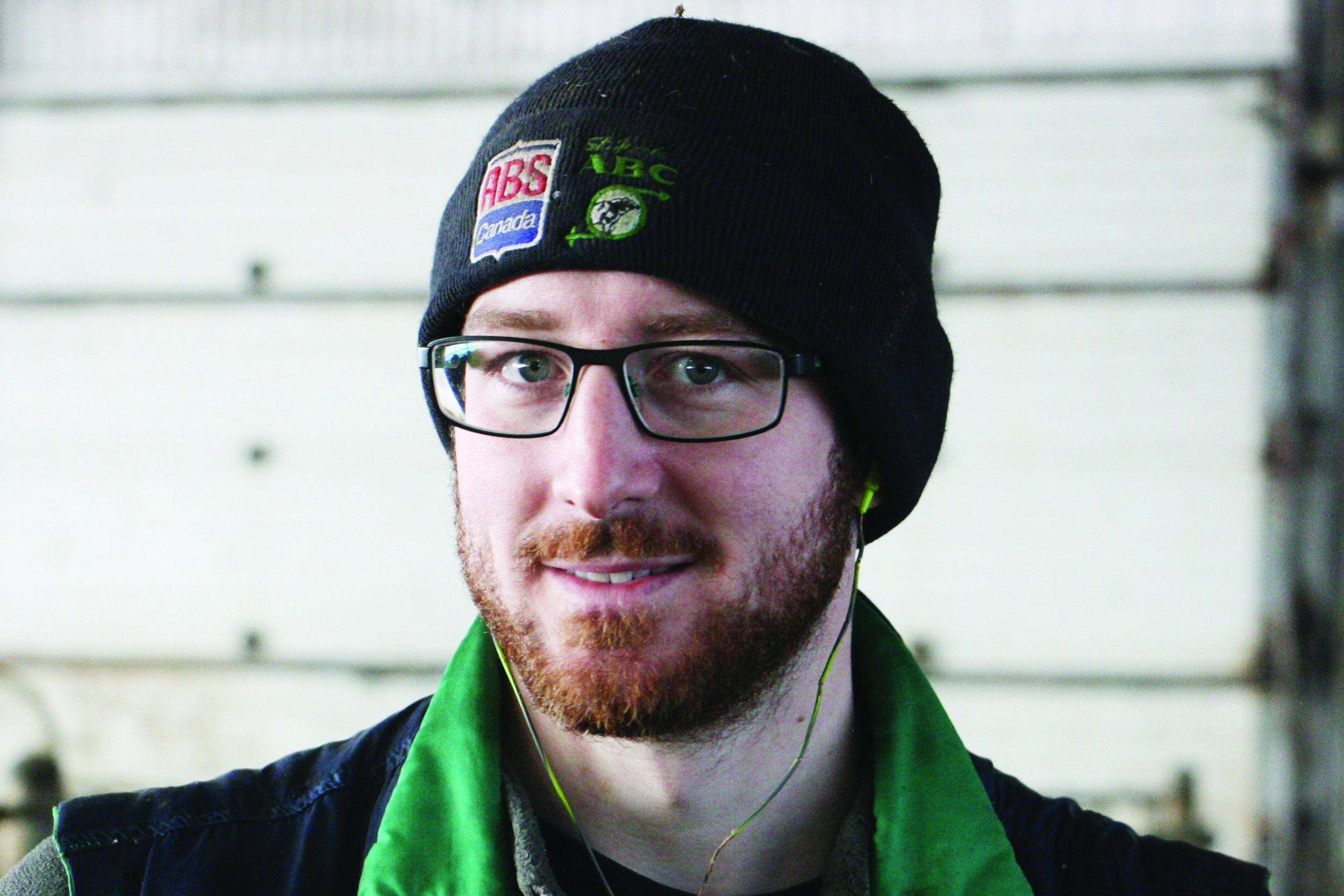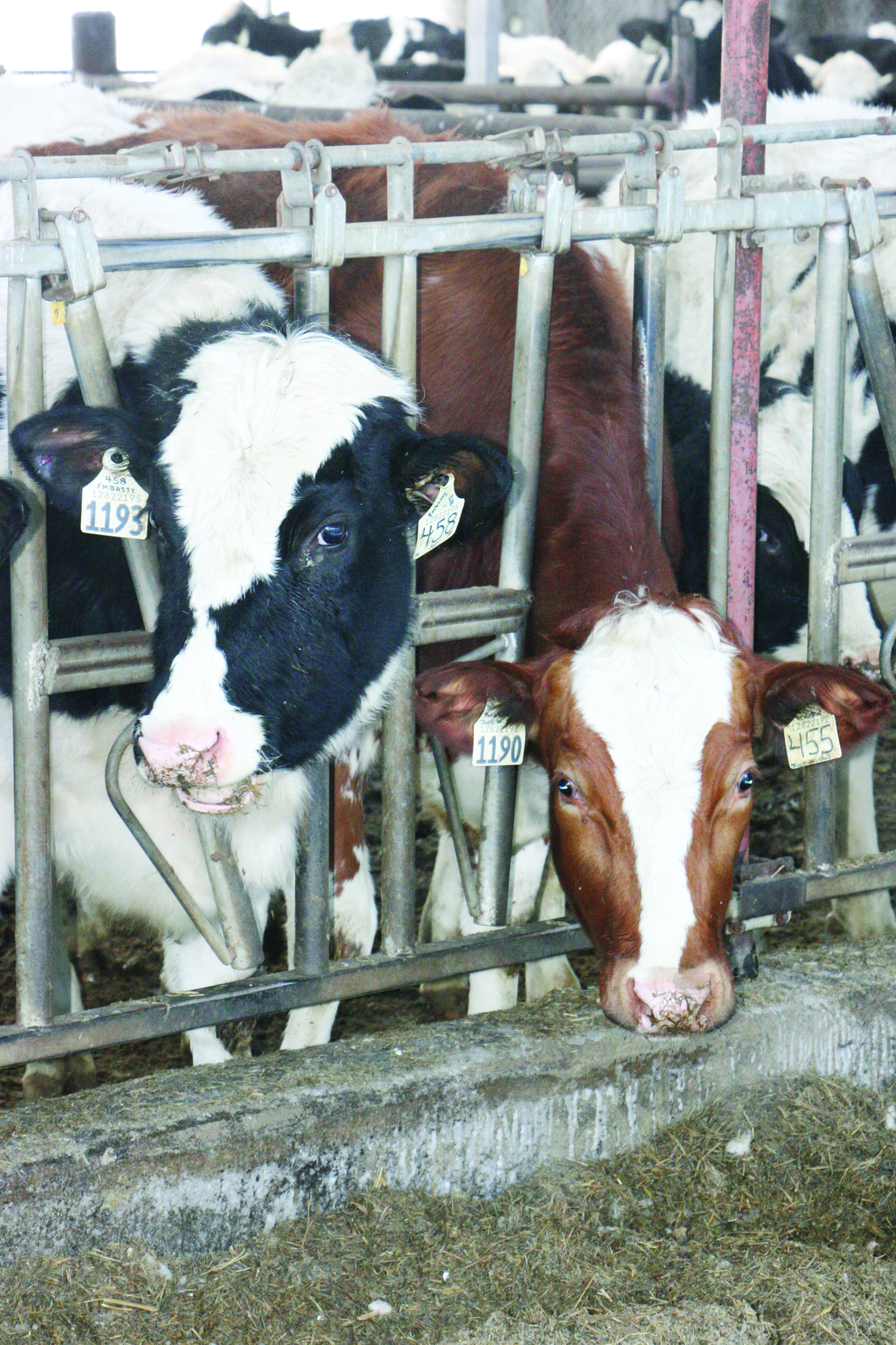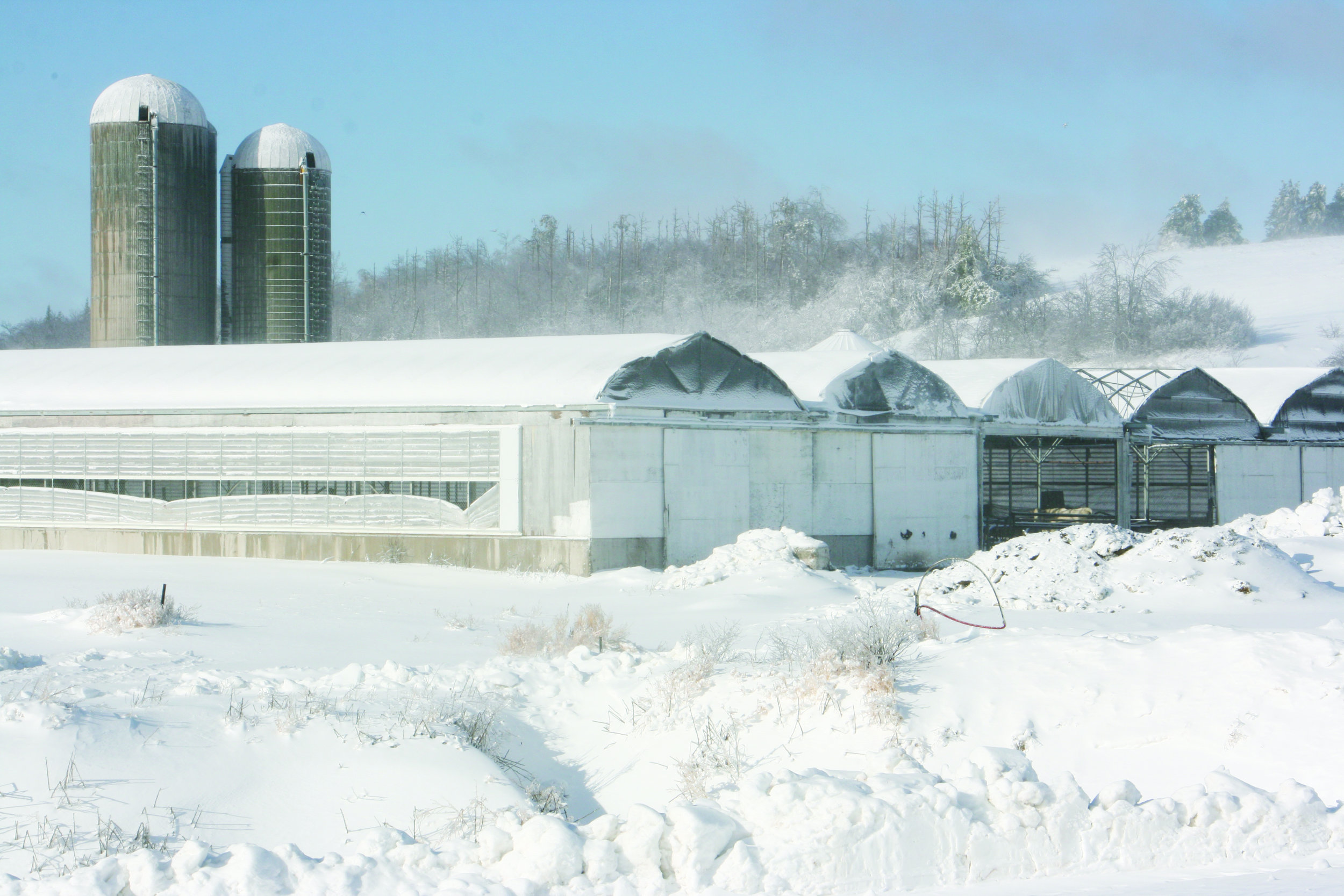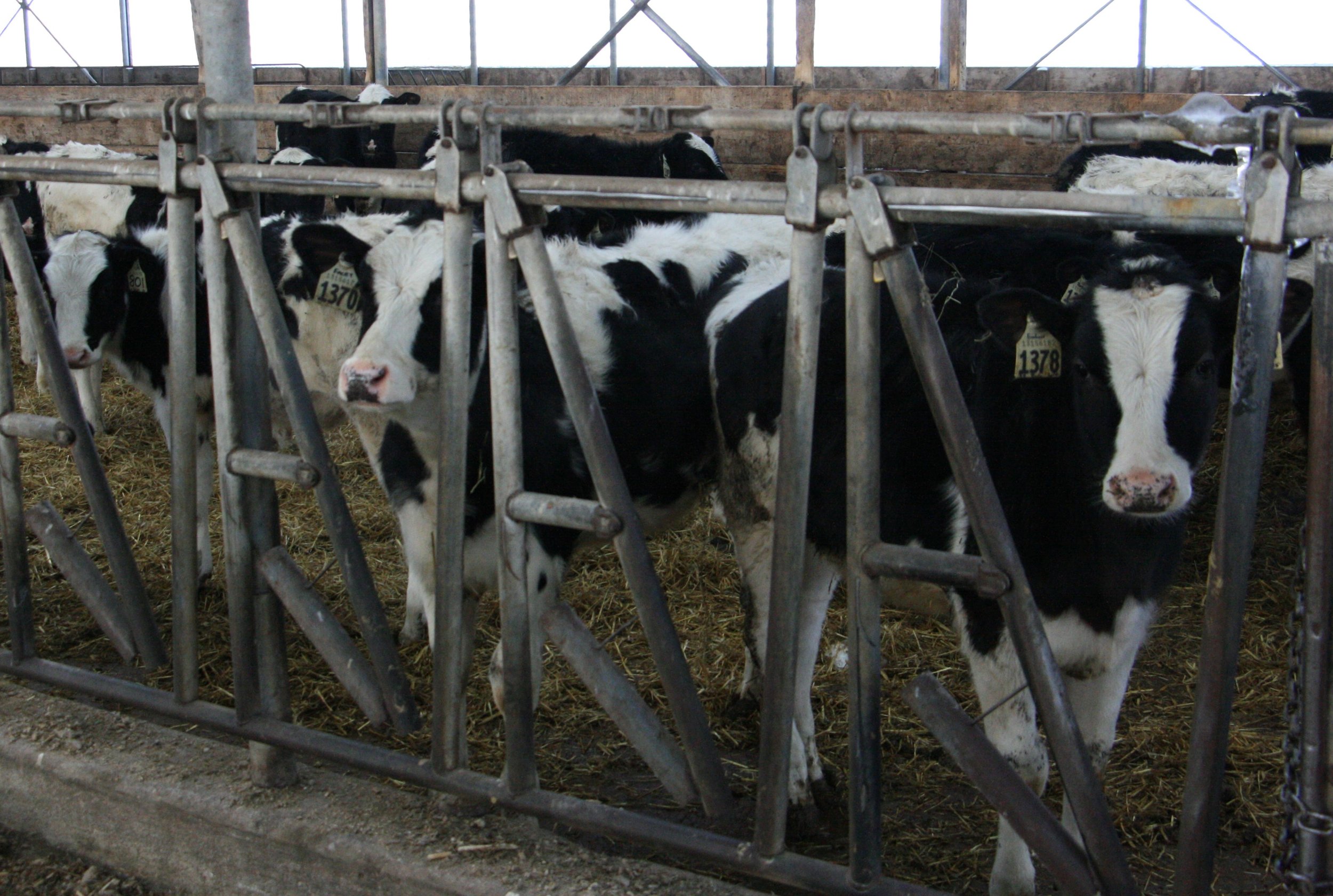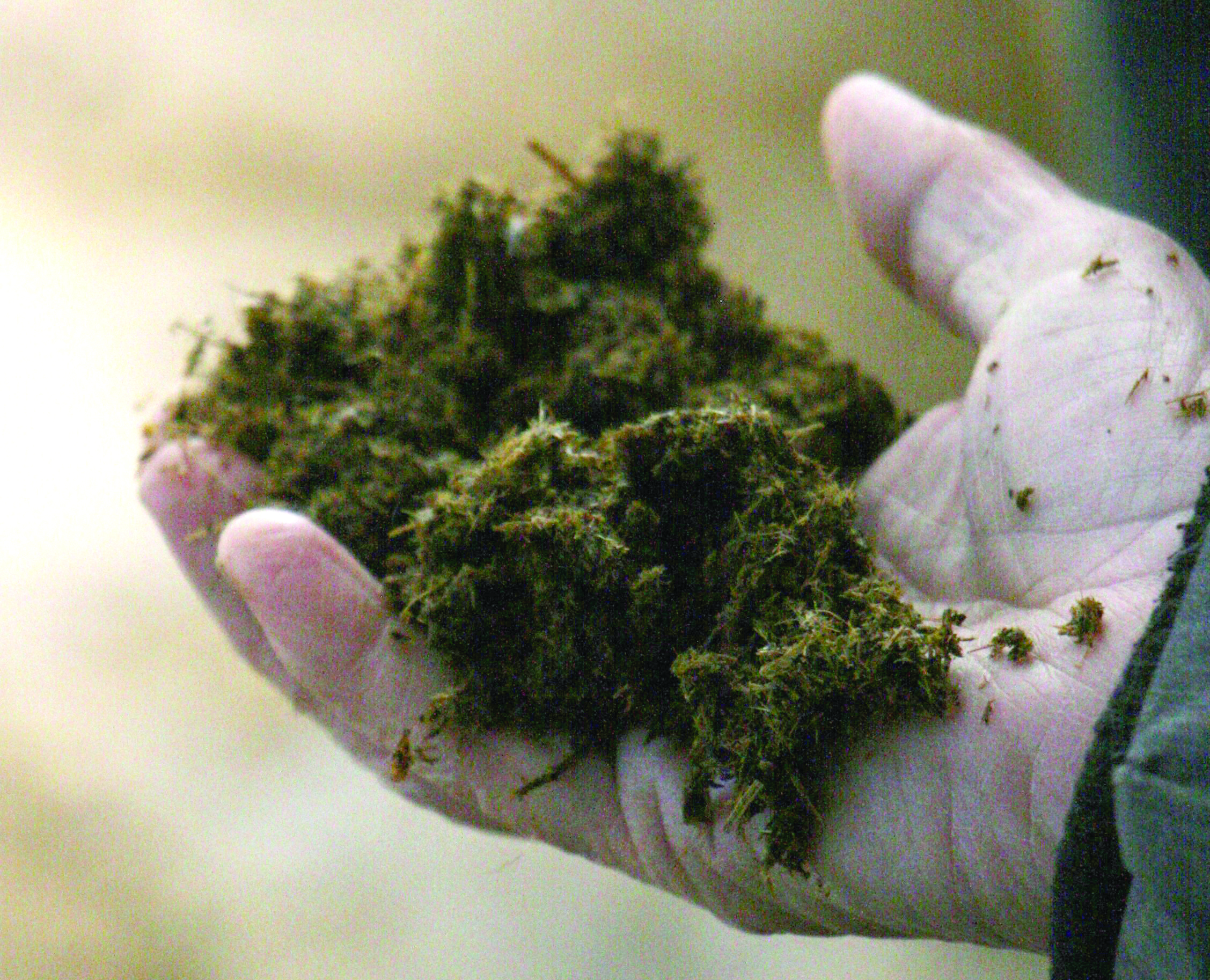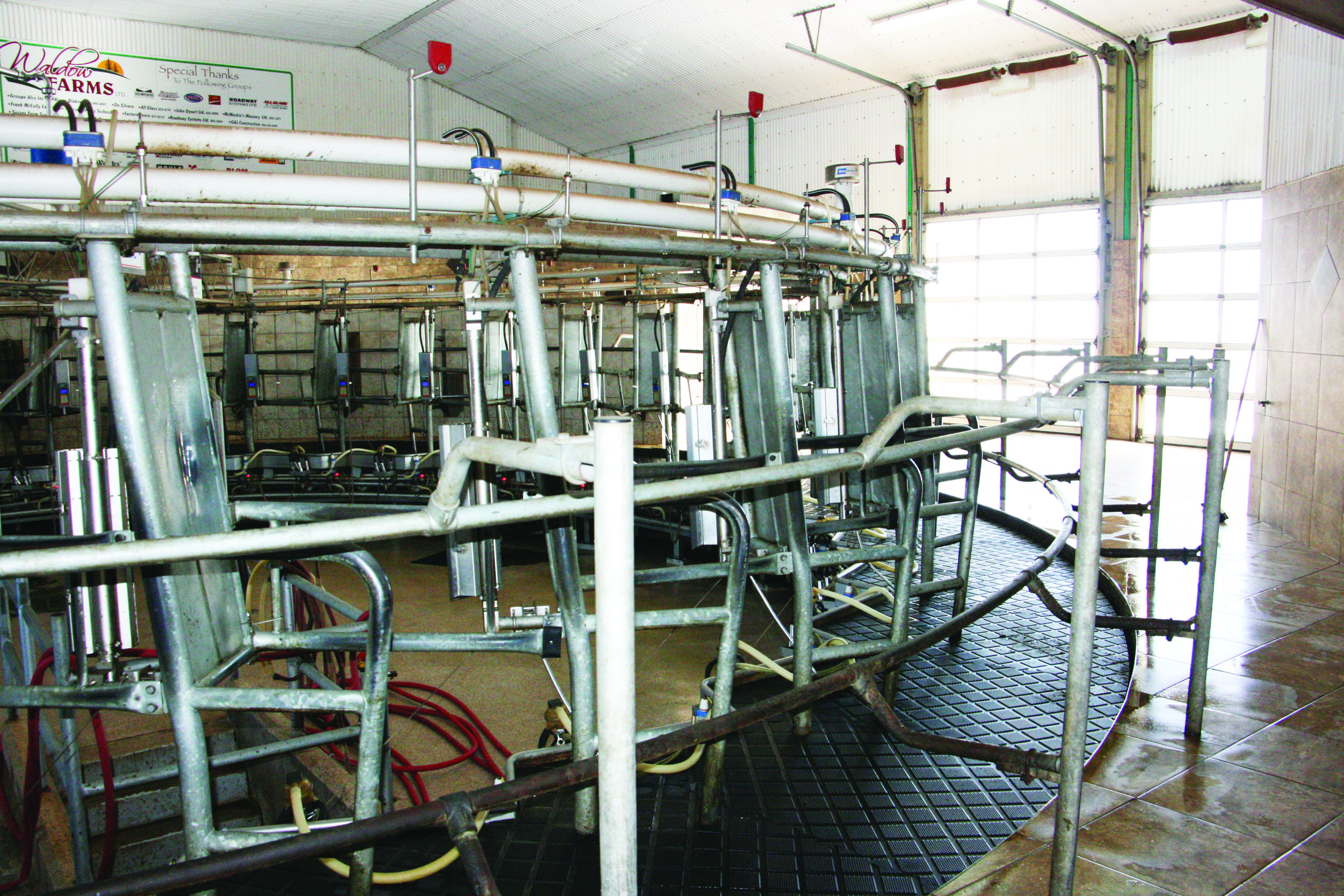Von Waldow dairy farm supports three families
/by George Fullerton
Joerg Von Waldow came to Canada from his native Germany for the first time when he was 19 years old. His purpose was to visit his parents, who had established a poultry operation in Cambridge-Narrows, N.B., a few years earlier.
Joerg returned to Germany and worked as a machinist. Later on, he made another trip to this country, first visiting Western Canada and then, in 1973, returning to New Brunswick, where he eventually established himself as a dairy farmer.
“I purchased a 100-acre farm at Cornhill and had 11 milking cows,” Joerg recalled recently. “I shipped milk in cans to the cheese factory in Havelock. It was not necessarily the farm I wanted, but it was what I could afford at the time.”
From those humble beginnings, Joerg has led his family through many transitions in their dairy operation, Waldow Farms.
Joerg, his wife Jane, and their sons Karl and Blake manage their dairy operation, which has some 320 cows milking. Through the years, Joerg focused on cropping and feeding while Jane focused on herd management. Lately, Karl has assumed much of the crop production management, while Blake has taken over much of the herd management responsibilities. Jane and Joerg continue to contribute management advice, along with lots of day-to-day labour and oversight.
LANDMARK BARN
Nine years ago, the family decided to build a new barn and triple their production herd.
“When there was one family making a living from the farm, a hundred cows was sufficient,” said Joerg. “When we decided three families would make their living from the farm, we tripled the operation.”
The barn is a significant landmark on the main drag through Cornhill. The front of the building features attractive rock facing and large windows.
Karl contributed a good deal to barn design after visiting newer barns in the Maritimes and some across Canada and the U.S. Karl and Joerg also travelled to Europe to view various barn designs and technologies.
The barn features a free-stall area measuring 345 by 124 feet with a central feeding alley and 400 free stalls.
The milking parlour is a 32-cow rotary design, which fits in the end of a 180-by-80-foot section of the barn which is oriented perpendicular to the free-stall section.
The parlour area has abundant natural lighting and geothermal in-floor heating.
Adjacent to the parlour, there is a large room used for vet medicine and breeding supplies. The balance of the front section of the barn is dedicated to maternity and nursery pens as well as the alleys for cows entering and exiting the parlour.
The free stalls feature waterbeds and manure solids bedding. Blake said that the waterbeds are resilient and that there haven’t been any failures due to leakage. Each mat has two separate bladders, ensuring that the water cushion is maintained as a cow drops her knees on the forward section of the mat.
BIG MILKING LINE
The milking line is divided into recently freshened, mid-lactation, and late-lactation cows. The 320-cow milking line produces around 23,500 litres for pickup every second day.
Each cow has a transponder attached to a lower leg to record its entrance into the milking parlour and activity in the barn. Blake said the transponder acts similar to a pedometer and sends collected data to a computer six times per day.
“A cow’s activity will be pretty consistent and then, all of a sudden, there is a big spike in movement,” said Blake. “That indicates she is in heat cycle and we will flag her for breeding. We have an employee who does a good deal of the breeding currently. But myself and my father and mother also do some breeding, and Karl can inseminate as well.”
The herd has a regular herd health visit from a veterinarian every two weeks, which includes pregnancy checks. Hoof trimming is also on a regular two-week interval, with Blake providing maintenance trimming as required.
Blake also does routine ketone testing of fresh cows as a preventative medicine exercise. He collects a small sample of blood from the tail head and analyzes it in a hand-held apparatus. He said the testing allows them to treat a risk before it evolves into a major health and production issue.
Manure is scraped from the alleys to a set of centrally situated gutters, and is then transferred to a press where solids are separated, stockpiled, and eventually recycled back to free stalls for bedding. Liquid wastes are pumped into a storage lagoon.
Joerg likes the manure-handling system very well, sharing that it has very few problems compared to sand or sawdust bedding. The operation has very little issue with somatic cell counts and mastitis.
BUSY WORKLOAD
Milking is three times a day, with preparations getting underway at 4 a.m., 2 p.m., and 8 p.m. In addition to the four Von Waldows, there are eight employees who share the busy workload.
The herd is mostly registered black and white Holsteins, with a few red Holsteins providing a little colour.
“We also have one Belted Galloway in the herd,” said Blake. “We bought a cow and apparently she had a visit with a Belted bull before she got on the truck. Her daughter has a Beltie pattern and she produces a respectable volume of milk, and while not aggressive, she is well able to stand her ground at the feed bunk.”
The Von Waldows use sexed semen for first service on heifers that will be entering the milking line.
Blake said sexed semen is nearly twice the cost of conventional semen, but since heifers are highly fertile and have high conception rates, the sexed semen is worth the investment. Sexed semen has proven to result in more than 90 percent heifer calves. Blake added that sexed semen may be used on certain cows that have very good conception rates.
Joerg said sexed semen goes some distance in addressing the issue of the low value of male bob calves, which he pointed out are virtually worthless.
Newborn calves generally spend their first week in pens adjacent to the maternity pens. They are then transferred to a replacement production “barn,” which is actually a greenhouse. The translucent roof and walls provide lots of natural light and the facility has great air quality.
Calves are initially fed on milk replacer provided through an Urban calf feeder system. The automatic feeder allows each calf up to 10 litres per day. The delivery is limited to 1.5 litres per feeding with a three-hour period between feedings.
After 45 days on replacer, the calves are transferred into pens where they’re fed rejected total mixed rations (TMR) from the milk barn along with TMR grass silage. The Von Waldows target heifer breeding at one year of age.
GROWING FEED
They crop around 750 acres of high-moisture corn, 900 acres of alfalfa/fescue, 200 to 300 acres of barley (under-seeded with alfalfa and grass), and in 2018 produced a pea and oat mix for silage. All silage is stored in bunker silos.
A Storti Doberman silo facer/TMR mixer is used to recover and mix silage, and deliver it to the feed alleys.
“We tried zero till for our corn, but it did not work so well for us,” said Joerg. “Now, prior to planting, we go over the land with a heavy disc, which breaks up the surface of the soil and the liquid manure absorbs into the soil better.”
Liquid manure is applied in the spring and on fields after each silage harvest. There is often an autumn application before the ground freezes up.
“We have grown corn for many years and we have witnessed a lot of changes,” said Joerg. “When I started corn, I had a two-row planter and a single-row harvester. Planting and harvesting is very different today.”
Joerg said that the milk industry has been negatively impacted by the recent big three trade agreements. He pointed out that with each agreement, Canadian dairy farms lost two to three percent of the domestic market to foreign products coming into the country. He said that cumulatively every dairy farm in the country lost around 10 percent of their market, which is a major impact to their businesses.
While lamenting the impact of the trade agreements, Joerg underlined the need to adopt new technologies and maintain very close attention to farm management in order to remain in business.
